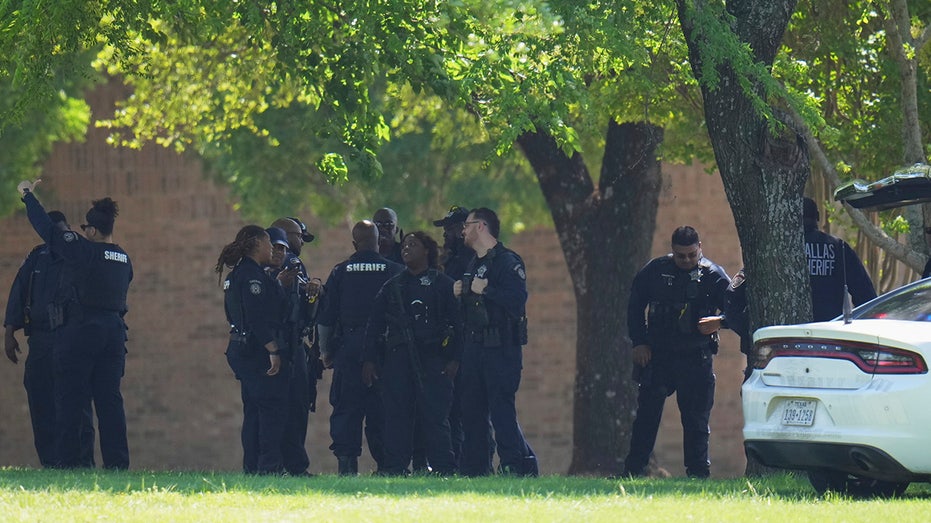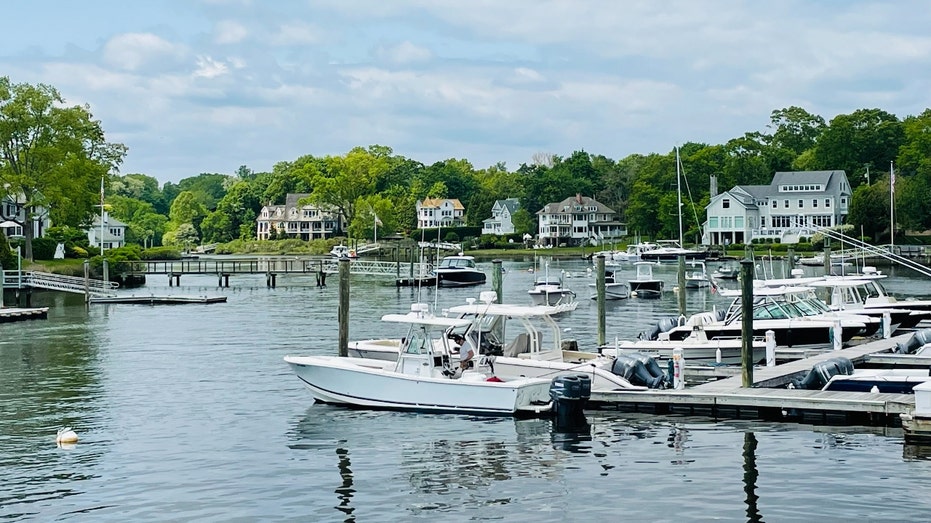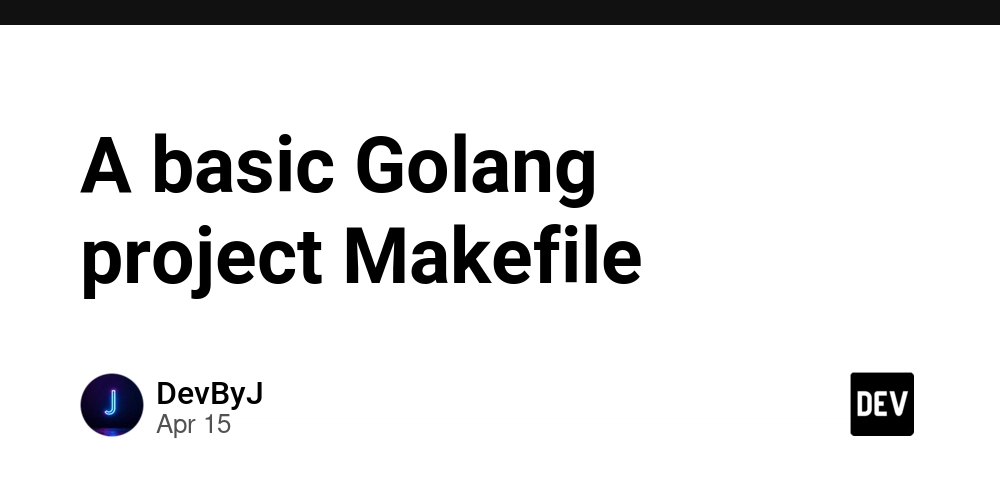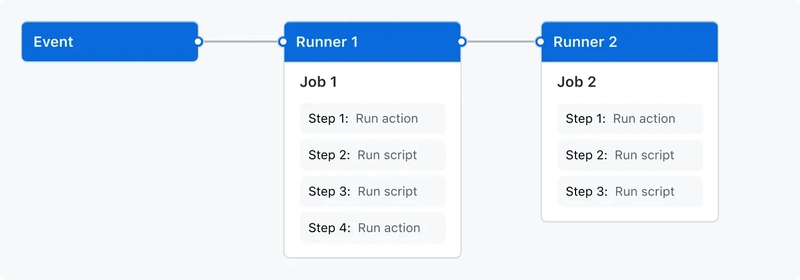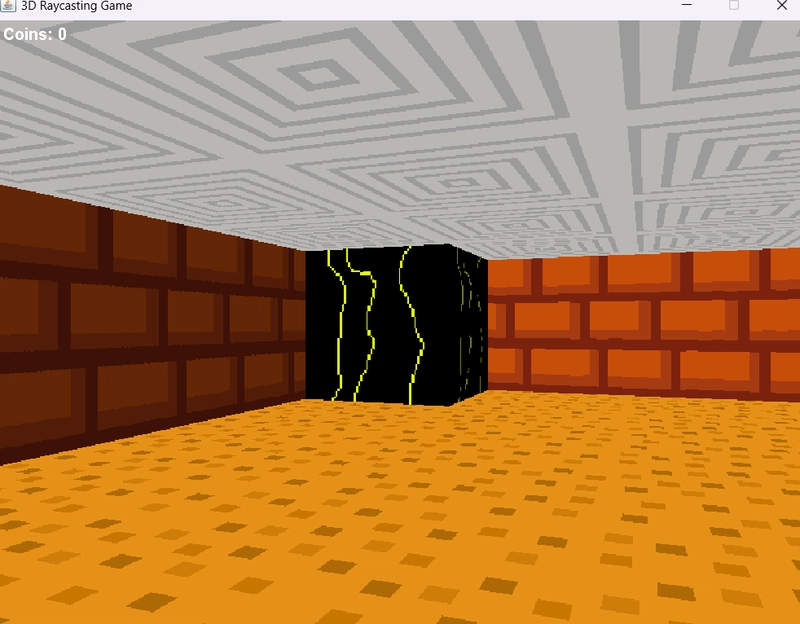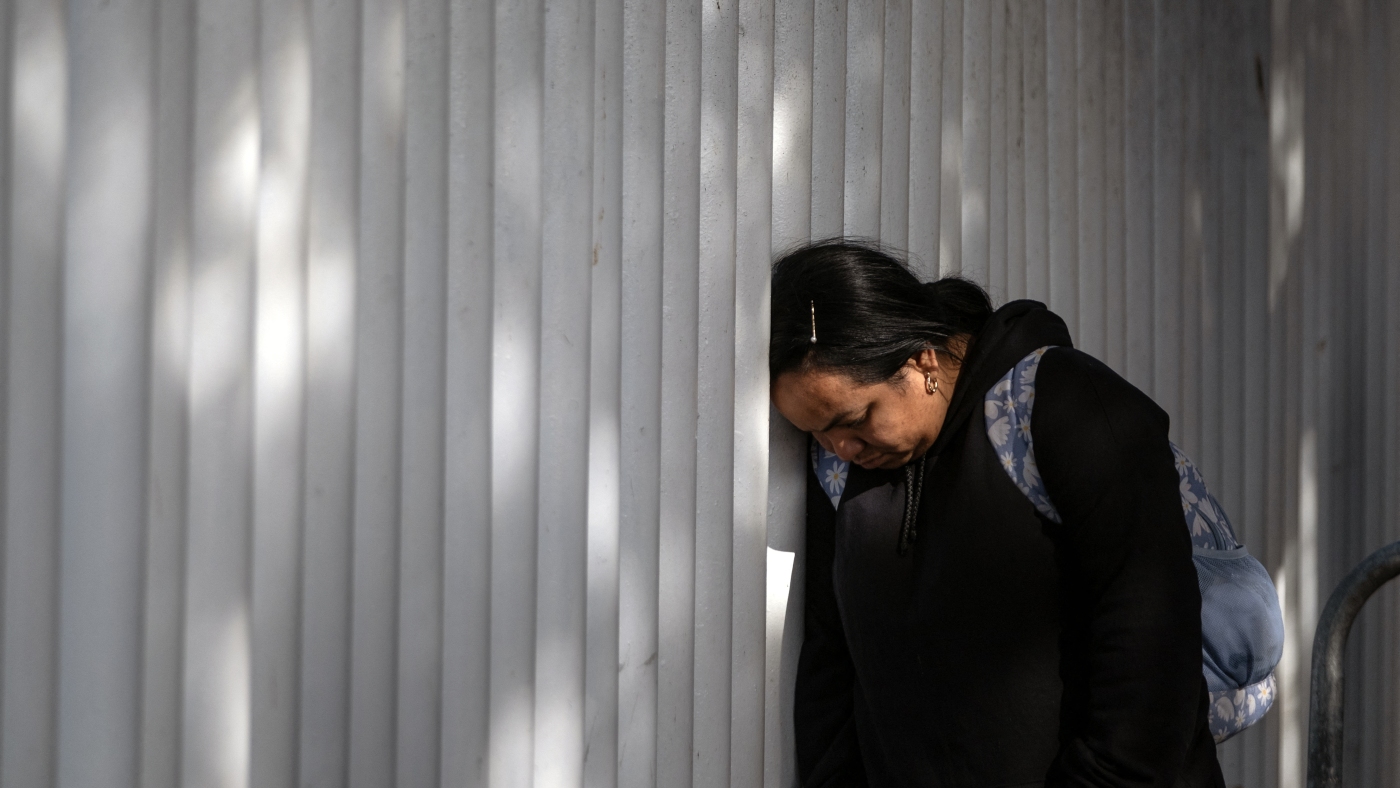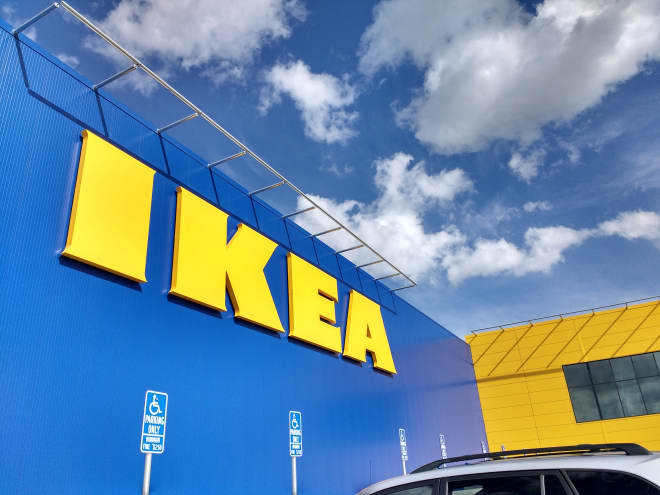Jeremy Clarkson on How to Fix F1: Ditch Tracks Where Passing Is Hard
Clarkson's solution to make F1 more exciting is a simple one—and not wrong. But unfortunately, it's just not that easy. The post Jeremy Clarkson on How to Fix F1: Ditch Tracks Where Passing Is Hard appeared first on The Drive.

Suzuka was a snooze-fest; even the Formula 1 drivers said so. Personally, I’ve always enjoyed watching the Japanese Grand Prix, and I honestly cannot recall seeing a race as boring there before. Whether it was during the glorious Senna-Prost years, the early Schumacher era, the Alonso-Renault era, or later on during the Vettel, Hamilton, and even the recent Verstappen years, Suzuka has typically delivered a good balance of strategy, passing, and overall difficulty. But alas, this year sucked, so everyone is up in arms, including Jeremy Clarkson, who took to X to vent about it. Surprisingly, however, he’s got a decent point this time.
“I’ve had an idea to make F1 racing more consistently exciting. Don’t use tracks where overtaking is difficult,” said Clarkson on social media.

Typically, the best solutions are the simplest solutions, so perhaps the popular TV show host is onto something. If something isn’t working, well, change it. If tracks like Albert Park, Suzuka, Monaco, and others are no longer a good fit for today’s cars and their drivers, change them. Right?
In theory, it makes sense, but F1 is a complex sport/multi-billion-dollar business, so things aren’t quite that simple.
When a follower commented on Clarkon’s thread that perhaps it’s the cars that are the problem—and not the tracks—he pointed the finger at F1’s corporate owners and the mega payouts they receive from the contracts it signs with local governments.
“Sure. The cars are bigger, so accept that, ignore the “incentives”, and use tracks that are suitable. Ultimately, the revenue comes from fans. Always,” he added.
It’s not entirely clear what Clarkson means by “the revenue comes from the fans,” but my guess is that he’s referring to fan attendance. If that’s the case, that’s not super accurate. Ticket sales and merch sales may generate huge sums of money every year, but that’s not why Liberty Media owns F1. The real money is in TV viewership, meaning broadcasting rights, air partners, etc. The more people tune in on Sundays to watch the race—regardless of how many are sitting in the grandstands—the more money F1 makes, and the more money it can charge companies like Louis Vuitton, Paramount, Aramco, etc. for sponsorships.

Of course, the more exciting a race is, the more everyone benefits, whether you’re watching on TV or at the track. And the more people get excited bout a race, the more chatter there is on social media, and again, the more sponsors get exposure and cash in on their investment. If you’re curious to learn more about the business of racing, here’s a breakdown.
Everyone has been pointing the finger at Monaco for decades, mostly because it’s a procession with little to no passing, and the cars have just gotten too big for the streets of the principality. Will it be going away anytime soon? Nope.
While it was an honest (and logical) remark from Clarkson, we’ll have to add this one to the “Never Gonna Happen” pile.
Got a tip? Email us at tips@thedrive.com
The post Jeremy Clarkson on How to Fix F1: Ditch Tracks Where Passing Is Hard appeared first on The Drive.



